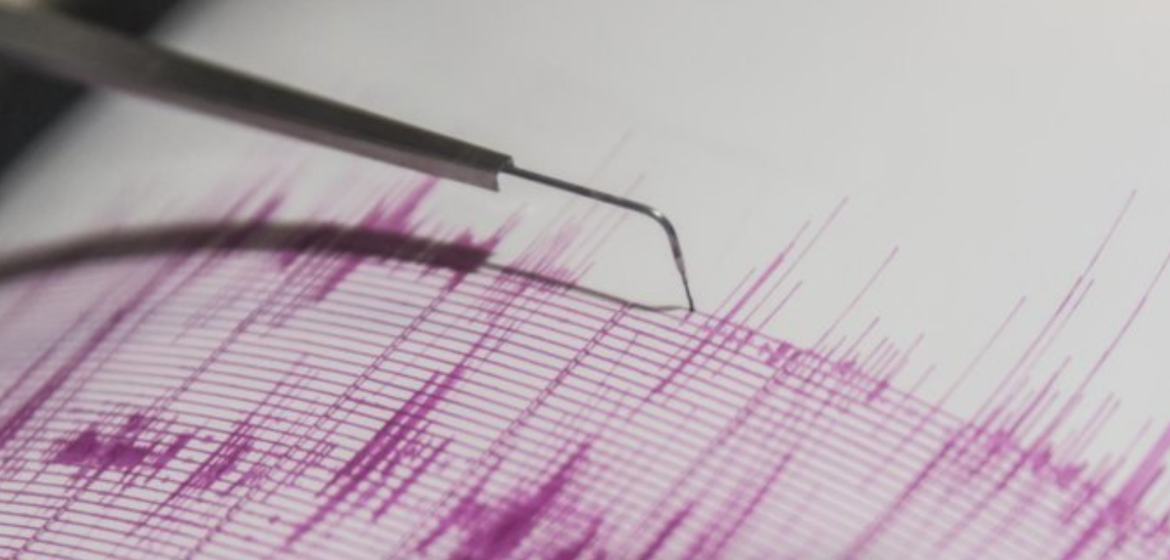Courtney Parker’s (Intercontinental Cry) article relates to SDG 1 No Poverty, SDG 3 Good Health & Well Being, SDG 6 Clean Water & Sanitation, SDG 10 Reduced Inequalities and SDG 13 Climate Action.
“Communities of Indigenous Peoples, in all regions of the world, tend to be marked by a heightened degree of ‘invisibility’. So, while their carbon footprint is inarguably the smallest of any other collective group on the planet, their current vulnerabilities to man-made or man-influenced “natural disasters” is therefore an injustice of epic proportions.
Indigenous Peoples’ increased vulnerability to climate change or politically-related disasters has been moderately well documented at this point. The next step is going to be more fully examining and addressing the underlying politics and disparities in disaster relief efforts, as more and more affluent and politically powerful communities now increasingly find themselves in the path of such disasters as well. If this is not properly addressed at the local, national, and international levels…things could (to adopt a colloquial expression) start to get really, really, ugly.”
Please continue reading at article source.
Article Source:



